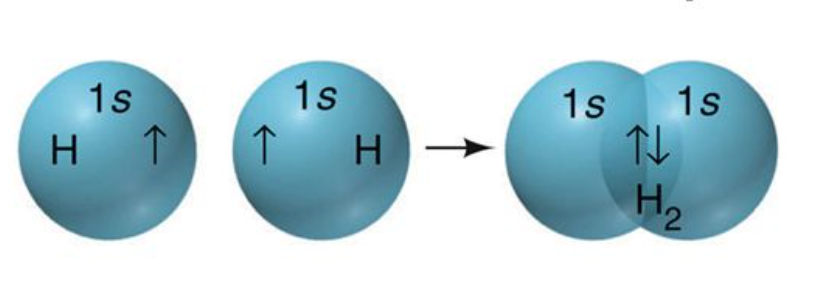Utilize Orbital Overlap with Multiwfn
Using the overlap integral function in Multiwfn with some potential usages.
In Gaussian
Prepare the Input for fragment(pop=full) and complex(pop=full IOp(3/33=1)). The files are same for CDA analysis, so it’s convenient to do both.
In Multiwfn
Input the complex and fragments:
[complex_path] |
This give the overlap integral(S) for multiplying wavefunction of Orbital_frag1 and Orbital_frag2
Potential usages
In competing TSs:
- Spatial overlap difference (e.g. steric effect)
- Demo directly (e.g. steric effect and how it influence the electronic effect)
- Atomic coefficient difference
- A validation
- Utilize the $ \frac{S^2}{d\epsilon} $ to weight difference in different orbitals
- Overall Coefficient difference(Polarzation)
- affect the positional overlap (without internal positional difference)
- example: https://pubs.rsc.org/en/content/articlelanding/2020/sc/d0sc02901g#!divAbstract Above Fig. 2 in analysis.
